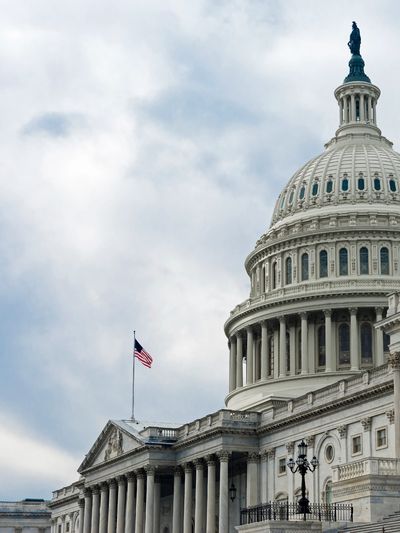R&D Tax Credit - History

History
The R&D Tax Credit has undergone significant changes since its inception, evolving from a temporary incentive into a permanent cornerstone of U.S. economic policy. Originally designed to stimulate private-sector investment in innovation, the credit has expanded and adapted over time to reflect advancements in technology, shifts in industry practices, and evolving judicial interpretations.
1981 – Creation of the R&D Tax Credit
The Economic Recovery Tax Act of 1981 introduced the R&D Tax Credit as a temporary measure aimed at encouraging U.S. businesses to invest in innovation. At the time, concerns about foreign competition, particularly from Japan, drove policymakers to support domestic research efforts by offering tax relief for qualifying expenditures. The initial framework provided a 20% credit on research spending exceeding a historical base amount, laying the foundation for the structure still in use today.
1986 – The First Reform & Tightening of Eligibility
In 1986, Congress revised the credit as part of the Tax Reform Act, introducing stricter qualification requirements and modifying the calculation method. This was partly due to concerns about abuse, with some companies claiming credits for routine expenses rather than genuine research activities. The changes reinforced the need for documentation, making it harder to qualify without clear evidence of technical uncertainty and experimentation—concepts that remain central to R&D tax claims today.
1990s – Expansion & Early Legal Precedents
Throughout the 1990s, court decisions began shaping the practical application of the credit. Cases clarified what constituted qualified research, reinforcing the necessity of scientific methodology and experimentation. During this time, industries beyond traditional scientific research—such as software development, engineering, and manufacturing—began leveraging the credit, expanding its impact across more sectors.
2001 – Introduction of the Alternative Simplified Credit (ASC)
Recognizing the complexity of the original calculation method, Congress introduced the Alternative Simplified Credit (ASC) in 2001, providing a streamlined way for companies to claim R&D incentives without relying on historical base period calculations. This adjustment made the credit more accessible, particularly for growing businesses or those lacking detailed records of prior R&D expenditures.
2015 – The PATH Act Makes R&D Credits Permanent
One of the most critical legislative changes occurred in 2015, when the Protecting Americans from Tax Hikes (PATH) Act finally made the R&D Tax Credit permanent after decades of temporary extensions. This removed uncertainty about renewal cycles, allowing businesses to plan long-term R&D investments with confidence. The act also expanded eligibility for small businesses and startups, enabling them to apply the credit against payroll taxes instead of corporate income tax, a key shift that dramatically broadened access.
Recent Developments – IRS Scrutiny & Compliance Standards
In recent years, the IRS has intensified scrutiny of R&D credit claims, placing greater emphasis on documentation, eligibility tests, and legal precedent. Businesses now face heightened heightened substantiation requirements, making an attorney-led approach more critical than ever to ensure compliance, strengthen credit claims, and defend against potential challenges. Case law continues to shape interpretations, reinforcing the need for legal expertise in navigating evolving regulations.
Conclusion
From its temporary origins in 1981 to its permanent status today, the R&D Tax Credit remains a vital tool for fostering innovation in the U.S. While its structure has evolved, one constant remains—the importance of proper legal interpretation and strategic application. As regulations tighten and court rulings continue to refine eligibility, businesses must take a proactive, attorney-led approach to maximize benefits while safeguarding against compliance risks.
Contact Us
Contact Mitch
Mitch Feldman is a co-founder of FCA. He leads our R&D tax credit practice with deep legal expertise, ensuring compliance and maximized claims.
Houston, Texas, USA

Copyright © 2025 Federal Credit Advisors - All Rights Reserved.